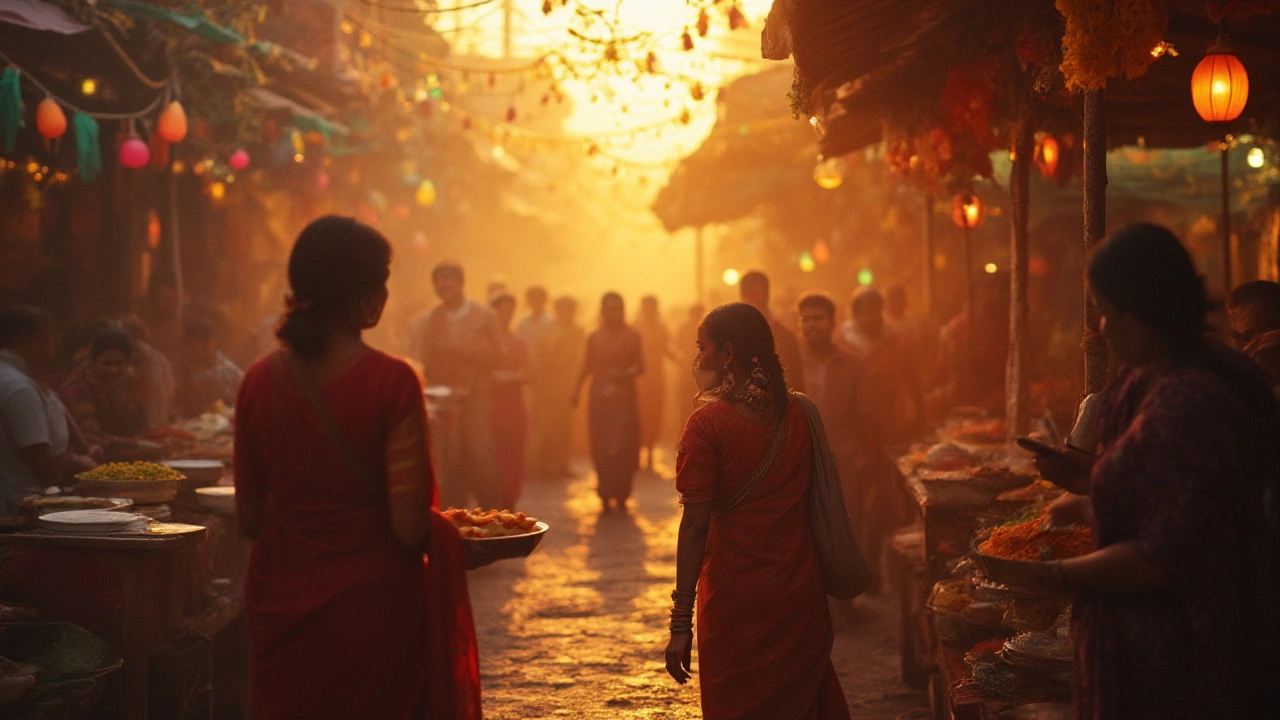SEARCH
Popular Indian Dishes You Have to Try
If you’re curious about Indian food, start with the dishes that locals love most. They’re easy to find, packed with flavor, and give a real taste of the region you’re visiting. Below is a quick guide to the top plates you’ll see on menus across the country.
North Indian Classics
In the north, butter‑rich gravies dominate. Butter chicken is a creamy tomato sauce with tender chicken pieces – a safe bet for first‑timers. Pair it with naan or roti to scoop up the sauce. Palak paneer (spinach with cottage cheese) is another crowd‑pleaser; the spinach is spiced but not hot, making it a comfort food for many families.
Don’t miss the iconic dal makhani. Slow‑cooked black lentils develop a deep, smoky flavor that works great with rice or bread. If you like a bit of heat, try chaat – a street snack mixing potatoes, chickpeas, yogurt, and tangy chutney. It’s crunchy, sweet, sour, and spicy all at once.
South Indian Favorites
Moving south, rice and coconut take the spotlight. Dosa is a thin, crispy crepe made from fermented rice‑lentil batter. Fill it with spiced potatoes for a masala dosa, or keep it plain and enjoy it with coconut chutney and sambar (a lentil‑vegetable stew).
Idli are soft steamed rice cakes, perfect for breakfast or a light snack. They pair equally well with sambar or a tangy tamarind dip. For seafood lovers, fish curry from Kerala uses coconut milk, tamarind, and red chilies – it’s rich but not overwhelmingly spicy.
In the east, try puchka (known as golgappa in the north). These hollow puris are filled with tamarind water, chickpeas, and potatoes. The burst of sour and spicy flavors is addictive. Rasgulla and sandesh are sweet treats made from fresh cheese, perfect for a sweet ending.
West India brings bold flavors. In Gujarat, dhokla is a steamed savory cake spritzed with mustard seeds and green chilies. Maharashtra’s vada pav is a spicy potato fritter sandwiched in a bun – often called the Indian burger. If you’re near the coast, try goan fish curry, a tangy dish with coconut and kokum.
Street food is where you’ll find the most authentic versions of these dishes. Look for stalls that are busy – that usually means the food is fresh and tasty. Bring a small bottle of water, but avoid ice unless you’re sure it’s safe.
Finally, remember that Indian meals are flexible. You can mix and match dishes from different regions on the same plate. The key is to balance creamy, spicy, and tangy flavors. With this guide, you’re ready to explore the best of Indian cuisine without feeling lost.

What is the Nicest Indian Dish? Exploring India's Most Loved Foods
Ever wondered what the nicest Indian dish is? Get the real scoop on the most beloved, flavorful, and unforgettable Indian foods—plus insider tips to order like a local.
Continue reading